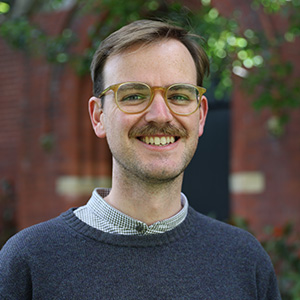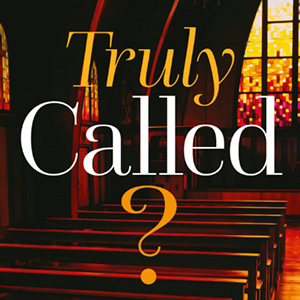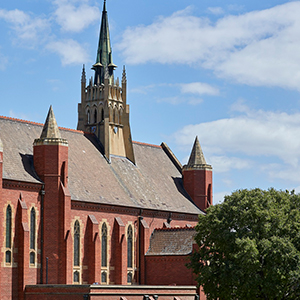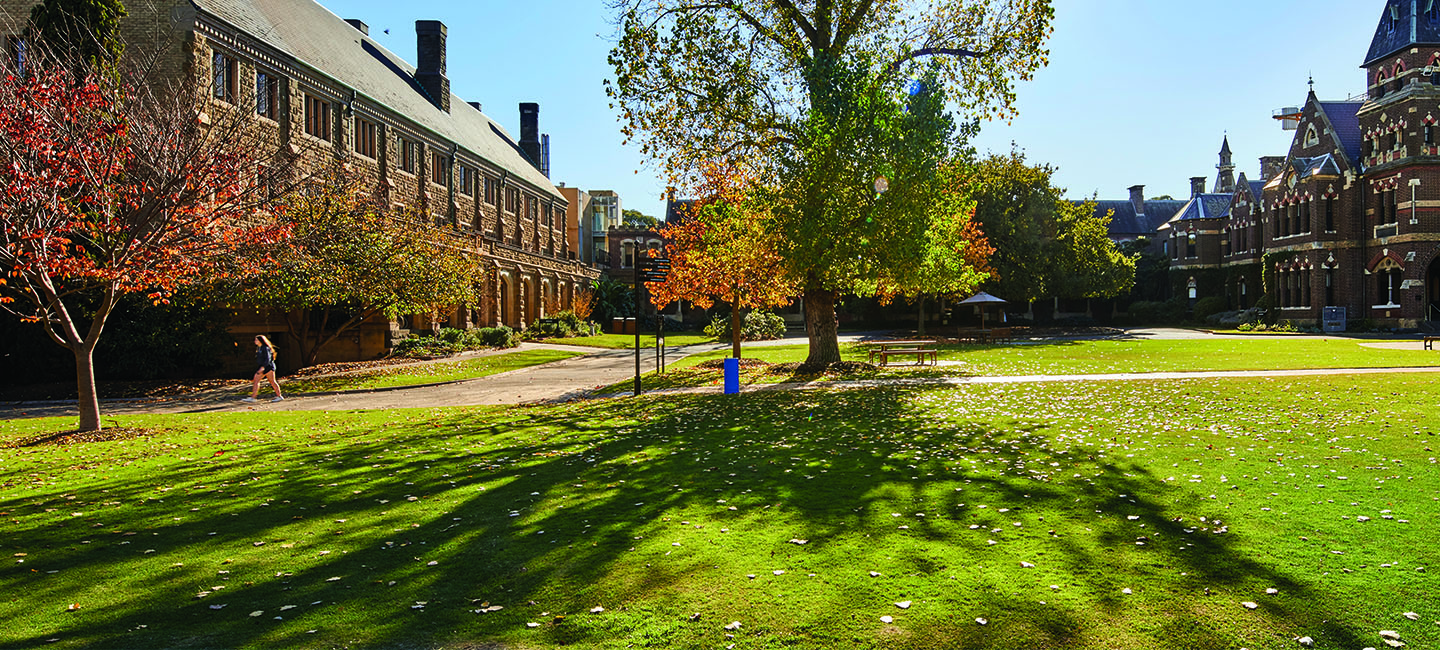


A year ago, most clergy and lay leaders of worship would not have believed it if they had been told that they would conduct services for weeks which would be recorded or streamed live into the homes of worshippers.
The one thing that Christians have done from the get-go is wrestle with the problems we have just faced: of presence, absence and immediacy. How could Jesus’ sacrificial death be invoked in ritual? The first Christian generations tweaked ancient understandings of sacrifice. They placed death, offering and eating in close conjunction through the Jewish concept of anamanēsis (a term that embraces remembering, reminding God so that He will help, and making present and effective).
They enlarged it to include hopes for the future, reckoning it anticipation of the heavenly banquet to come. They embraced the use of sacramentals (ordinary things blessed to serve a spiritual purpose). Thus Jesus, no longer close in this world’s time and space, could host their gathering, and offer food to nourish the journey through this life.
Subsequent Christian thinkers did not feel impelled to cling resolutely to these early doctrines, but embraced the changes in their environments to provoke fresh ways of understanding what it meant to break bread together. Scholastic thinkers in the 12th and 13th centuries CE embraced the revival of interest in Aristotle to develop theories of how the eucharist worked. Whether the later Reformers agreed with their verdicts or not, they could not ignore them in the subsequent debates about Christ being really present in a physical sense (Tridentine Catholicism and Lutheranism), spiritually present (Calvinists) or a mere memory ( Zwinglians/Anabaptists).
Others took their inspiration from the everyday: coins, chancery and document seals explained how bread and wine gained a new identity. New contexts and fresh ideas were not threats, but opportunities to explore, explain and deepen eucharistic practice and theory.
This Christian readiness to allow what is central and cherished has not necessarily been part of the recent experience: traditional definitions and practices have been viewed as giving a default. COVID and other new situations seem like missiles ricocheting off hard surfaces, making little real difference to our core practices and beliefs.
Wise Christian missionaries of the past would warn that such cosy hopes are unrealistic. Lamin Sanneh’s magisterial Translating the Message: The Missionary Impact on Culture points out that wise translators understand that their actions affect not just the receiving culture, but also the senders and the message: translatability.
The medium matters too.
The shift from scroll to codex, from manuscript to moveable type, from print to screen all change the ways in which faith is grasped. The last few months have shown us that we now live in a digital environment that offers opportunities to reflect, like our Christian ancestors, on what “real”, “presence” and “absence” might mean today; on how reflection on a digital landscape might broaden our horizons for faith and understanding. But here is the rub. We cannot pretend that the last few months have not happened. We have a choice. We could recognise and work with such opportunities. Like Peter, we may end up in places where we might rather not be (John 21:18-19).
Digital technology offers, perhaps, new ways to do old things. A local project called My Pilgrims Way in the Diocese of Bendigo does exactly this, by offering digital ways of being church which can turn absence into presence.
My Pilgrims Way: A Lay Pioneer Ministry Practice in the Digital Environment
The internet is a socio-technical infrastructure network and platform with mobile technologies part of new culture and methods of social connection, communication, relationships and information exchange. Embracing our call to missio Dei (the mission of God), the medium becomes a tool for a mission-shaped digital church. This medium is well suited to Pioneer Ministry for working with people in mission and developing emerging forms of church.
Anglican Pioneer Ministers are broadly defined as ‘called by God who are the first to see and creatively respond to the Holy Spirit’s initiatives with those outside the church; gathering others around them as they seek to establish new contextual Christian community’. The Diocese of Bendigo refers to Pioneer Ministry as ‘recognising the ministry of people who are starting or sustaining a “fresh expression” of church, a form of church for our changing culture established primarily for the benefit of people not yet members of any church.’
The aim of My Pilgrims Way is to develop a Christian response to the features of the internet and the design of a digital platform to shape a community in mission. A mission informed approach to the digital is informed by Jesus speaking in the language of Palestine of his time. Being digitally missional means being responsive to sharing the missional message in the digital language and media of today and so becoming change agents.
My Pilgrims Way practice is designed to be located and responsive to where people are, seeking engagement and co-design of emerging forms of being church and service through ministry. My Pilgrims Way practice has an ‘organising axis’ with people in mission as active agents, rather than a ‘church centric’ (bricks and mortar, parochial) shape.
The internet enables this because it is a ubiquitous, fluid, interactive, many to many, dynamic, real-time, free-range, and part of networked society, with social and technical infrastructure. People can collaborate in mission, freed from geographical constraints, acknowledging the relational in human computer interaction.
The pilgrimages provide a curated walk of sacred ground and secular spaces of significance presenting people’s cultural heritage. The two-hour walk provides a connector point for participants to the sacred and sacramental online and in physical place. The Melbourne CBD pilgrimage includes the Stations of the Cross and sites of cultural significance, including graffiti and monuments to people who have contributed to social justice and equity. Pilgrims co-design by posting on social media, tags for influencing algorithms and in turn viewers, collaborators and producers.
The Liturgical Feasts are curated feasts co-designed with people in community for celebrating the main Liturgical days and Patronal Festivals based on the current Lectionary. The feasts are informed by the Year of Favour (Luke 4:18–19) and hospitality referencing Scripture (Matthew 25:40). The purpose is to open up church buildings, particularly for people in local communities not associated with parish. An example of a curated liturgical feast was a program for Easter Saturday and the 150th Anniversary of St John the Evangelist, in a small village called Malmsbury, Central Victoria. The event turned the congregation of 81 into 650 people attending the all-day event. That’s 642 who got to know something more about the host parish!
People can sometimes worry that projects like My Pilgrims Way are a threat to church as they know it. Not so. Properly curated, pioneer ministries complement and enhance the missio Dei – and that is always bigger than “church”.
This article first appeared in the March 2021 edition of TMA.
Related News
-
News & Stories
- Our Theological School Student President's mission to champion a spiritual and welcoming environment
- Jack reaps the rewards after taking a leap of faith on Trinity College
- Trinity alum named in King's Birthday Honours 2025
- Trinity Deputy & Academic Dean appointed Fellow at Center of Theological Inquiry
- Meet Trinity's aspiring art curator Seb Moore
- Trinity College offers its congratulations to newly elected Archbishop of Melbourne, the Right Reve
- Events
- Art
- Music & Choir
- Campus Development Projects
- Visiting Scholars & Lectureships
- Accommodation for Visitors
- Short Programs
- Work at Trinity






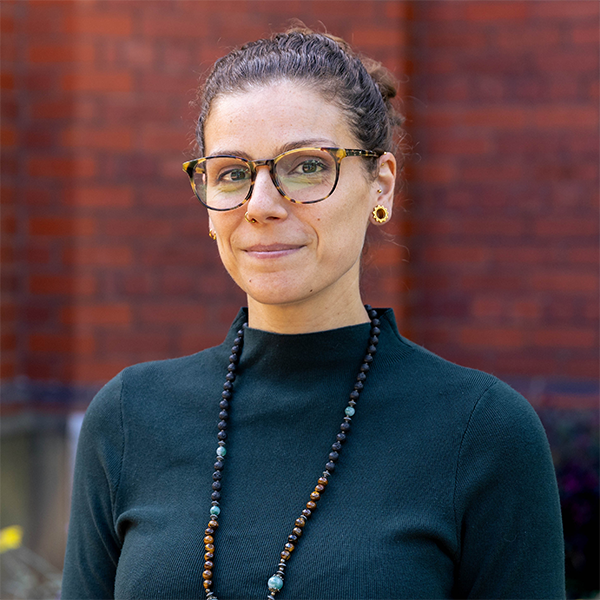
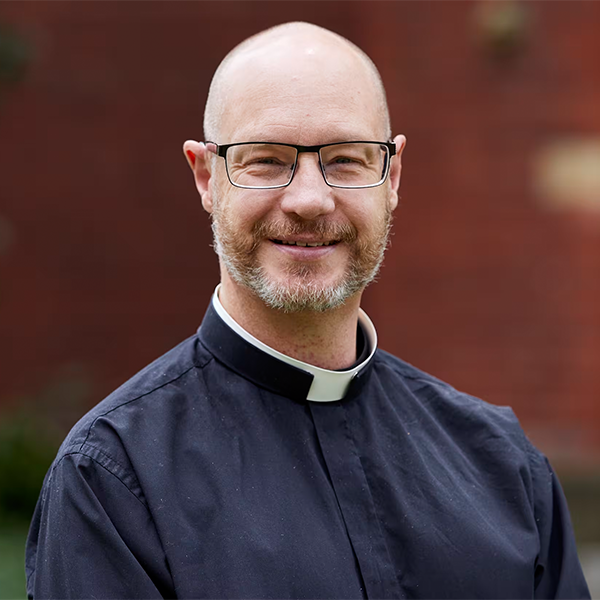

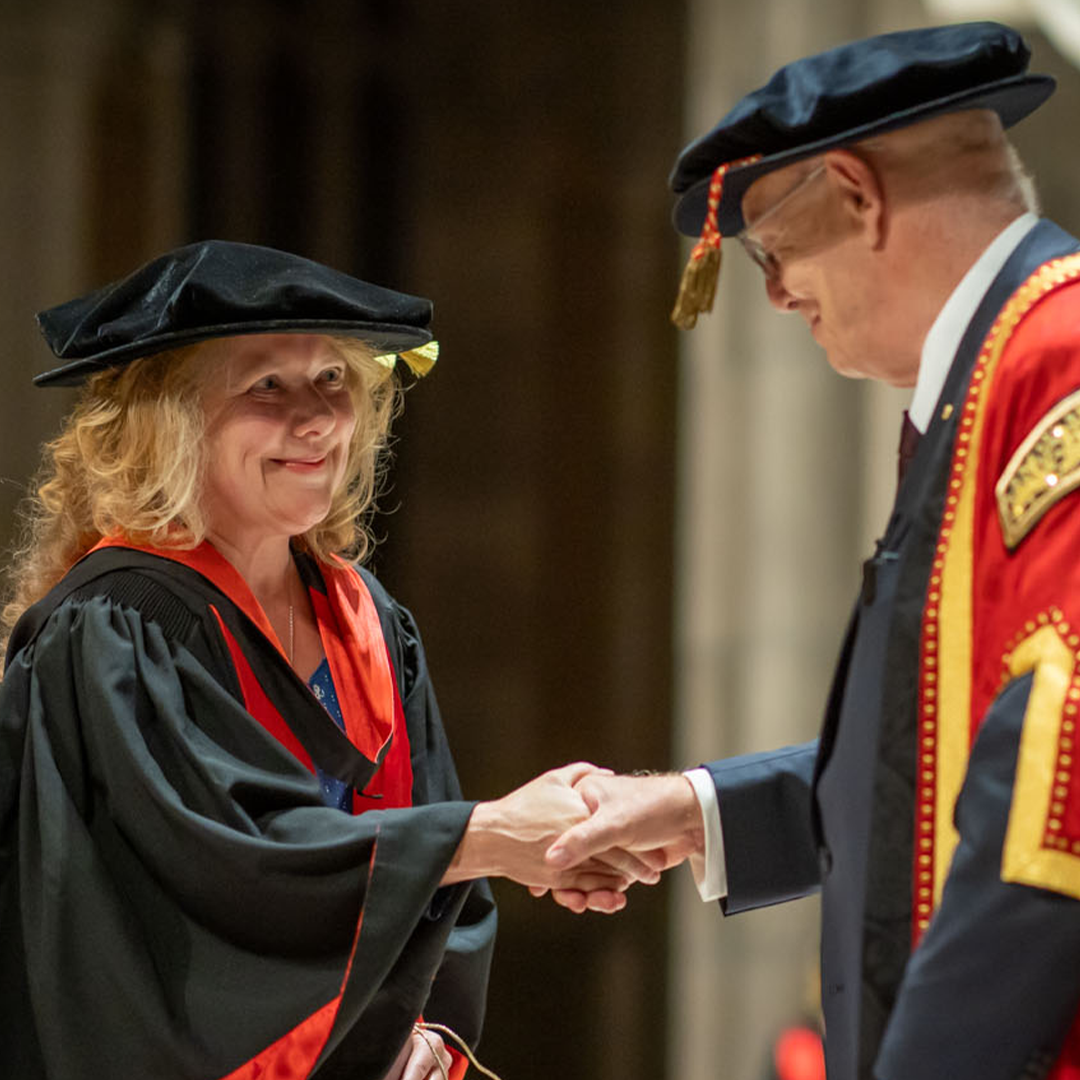
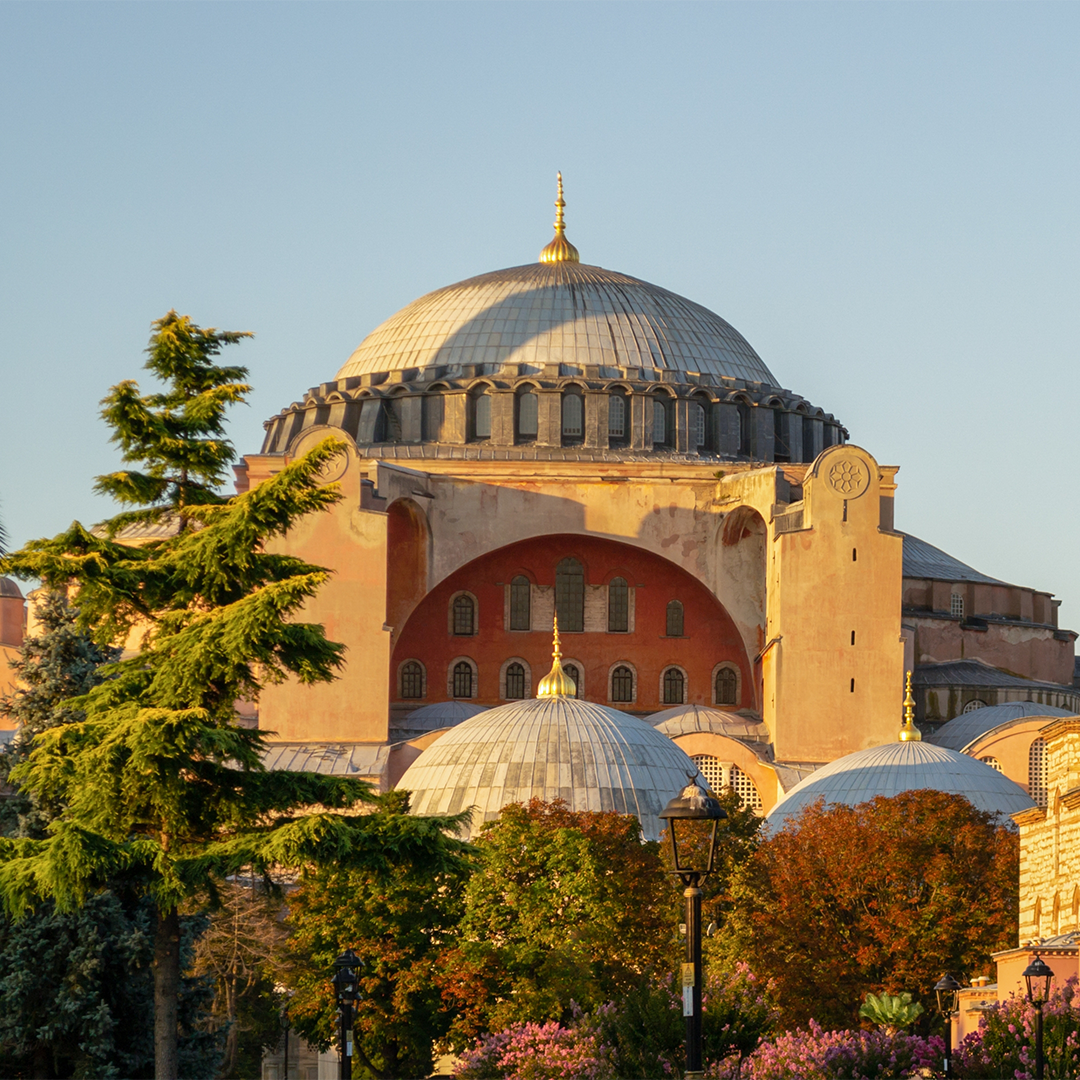
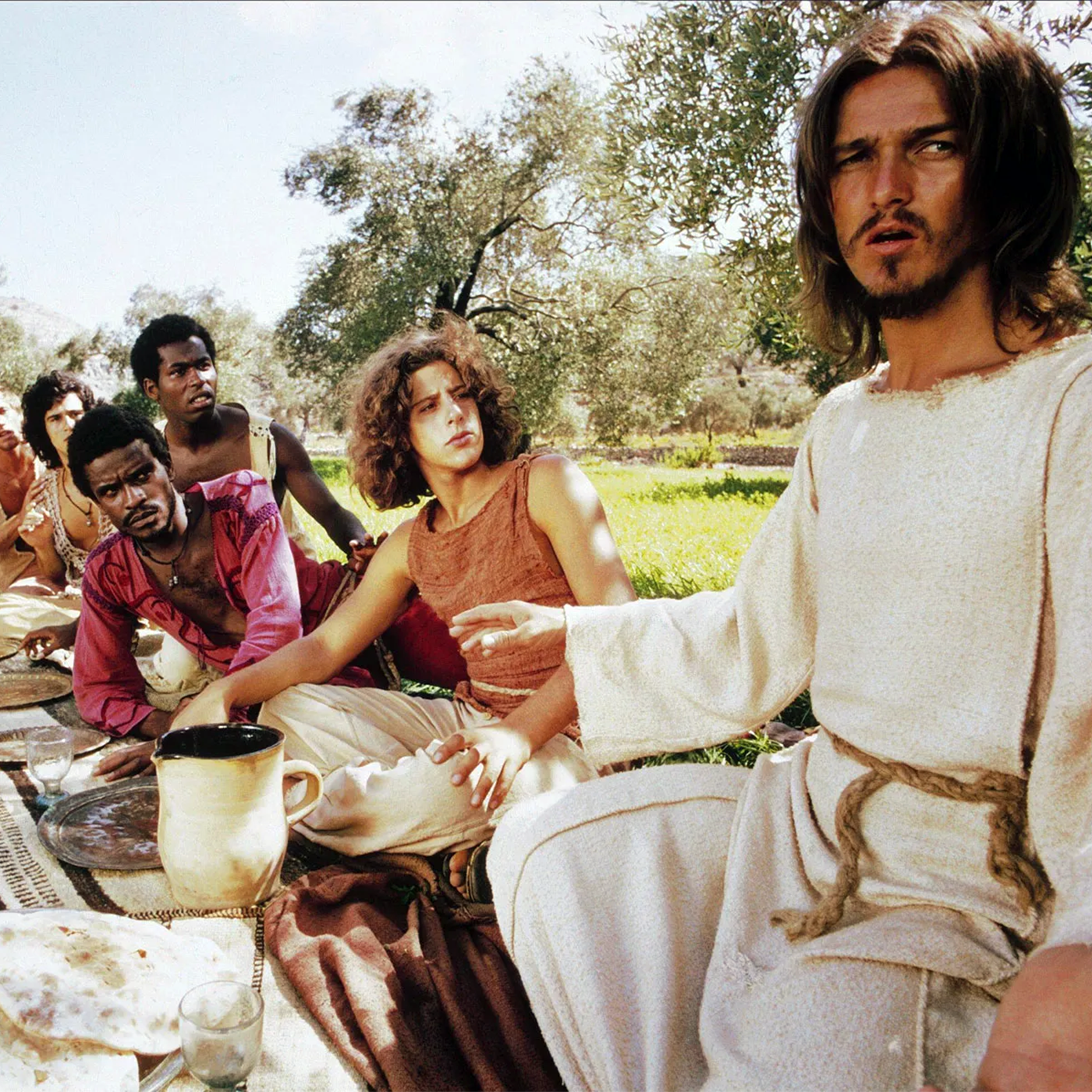

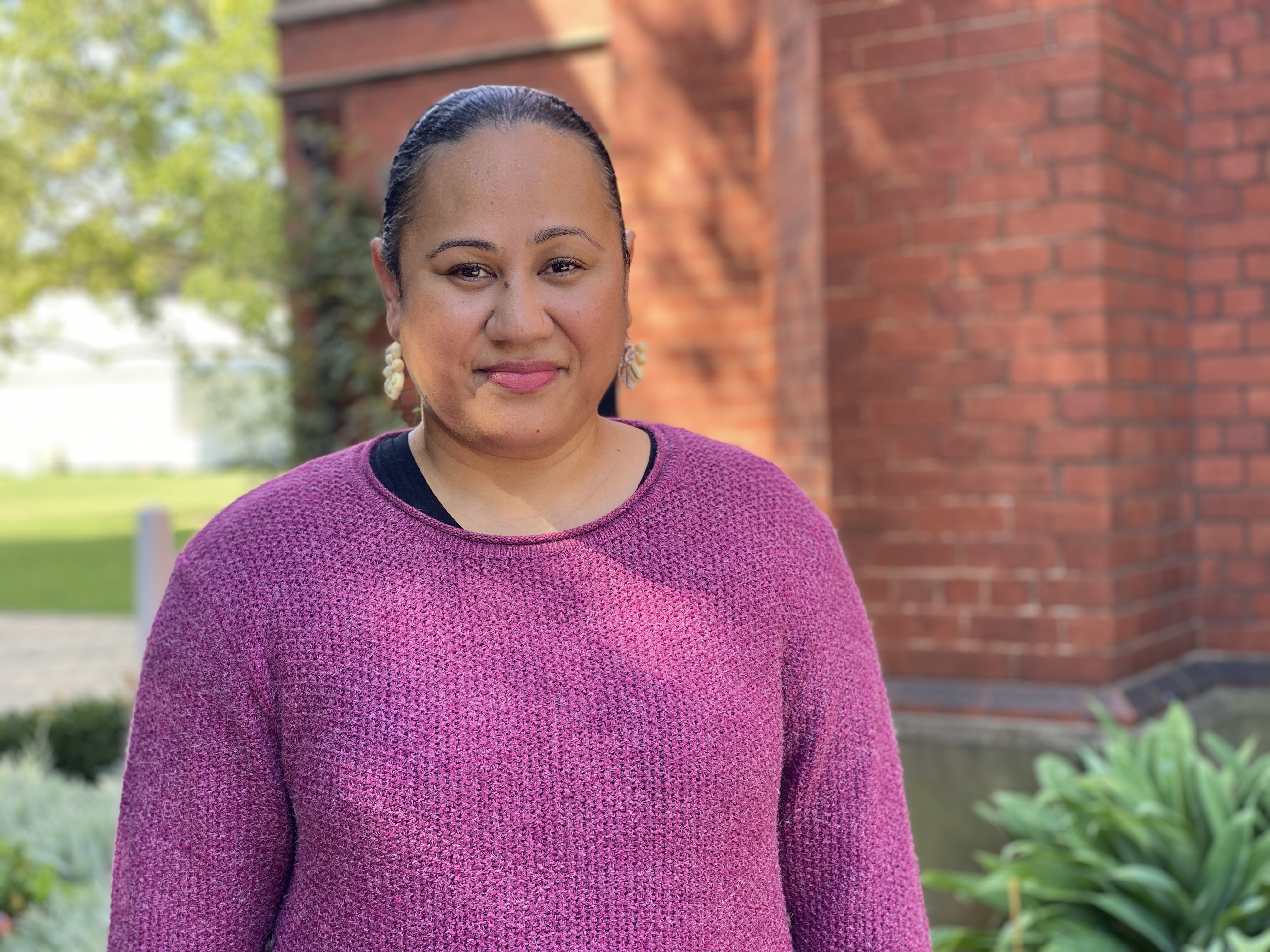
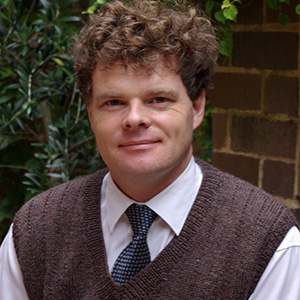

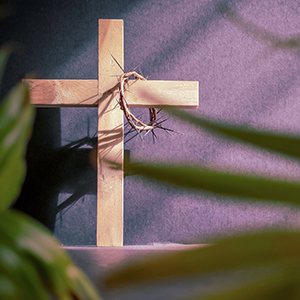
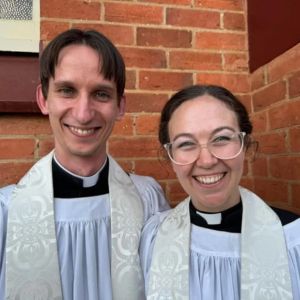.jpg?width=300&height=300&ext=.jpg)
